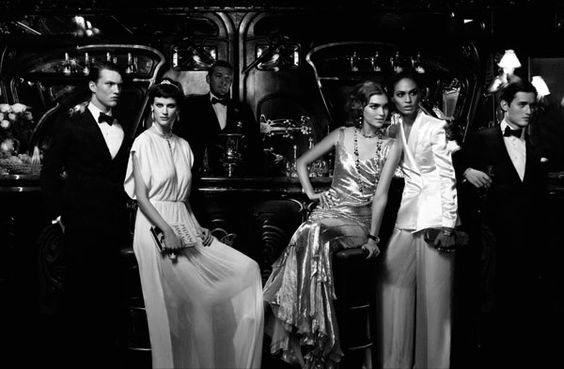Defining Art Deco
Art Deco, a visual arts design style originating in the 1920s and 1930s, is renowned for its sharp geometric patterns, bold lines, and luxurious detail. Originating in France, Art Deco rapidly became a symbol of modernity and sophistication, influencing architecture, interior design, and notably, fashion. The allure of Art Deco in modern design lies in its opulence and elegance. Today’s fashion industry, with its penchant for revival and reinterpretation, continually draws from Art Deco’s rich visual vocabulary, integrating its distinctive features into contemporary styles, making it a perennial influence in the fashion world.
Signature Elements
Art Deco is instantly recognizable by its use of streamlined geometric patterns and bold, clean lines. Modern fashion designers incorporate these elements into both garment construction and print designs, resulting in apparel that echoes the sophistication and dynamism of the Art Deco era. The use of sumptuous fabrics and metallic embellishments is a hallmark of Art Deco-inspired fashion. Silk, velvet, and satin, adorned with gold and silver accents, are frequently used to recreate the movement’s signature opulence in contemporary haute couture and ready-to-wear pieces.
Designers Inspired by Art Deco
Designers like Karl Lagerfeld for Chanel and Marc Jacobs have infused their collections with Art Deco elements, blending modern sensibilities with the movement’s iconic aesthetics. Their work demonstrates how Art Deco’s influence extends beyond vintage revivalism, contributing to the evolution of contemporary fashion. Haute couture collections, particularly those presented at Paris Fashion Week, often feature Art Deco-inspired pieces. Designers such as Elie Saab and Ralph Lauren have showcased collections that pay homage to Art Deco, through intricate beadwork, geometric patterns, and luxurious detailing, capturing the essence of the era with a modern twist.
Jewelry and Accessories
Art Deco’s influence is profoundly felt in the realm of jewelry and accessories, where its preference for symmetry, streamlined shapes, and motifs like sunbursts and chevrons are prominently featured. Brands like Tiffany & Co. and Bvlgari have embraced these elements, creating pieces that resonate with the elegance and glamour of the Art Deco period. Footwear and handbags also reflect Art Deco’s aesthetic, with designers incorporating geometric shapes, metallic finishes, and luxurious materials. Brands like Jimmy Choo and Gucci often present collections that nod to Art Deco’s distinctive style, blending historical elegance with contemporary design.
Fashion Shows and Staging
Fashion shows have increasingly embraced Art Deco aesthetics, not only in the clothing but also in staging and set design. The geometric patterns, bold lines, and opulent details characteristic of Art Deco are used to create immersive environments that reflect the collection’s thematic inspiration, enhancing the overall spectacle. The architectural elements of Art Deco, including ziggurats, trapezoidal shapes, and stepped forms, have inspired the set designs of numerous fashion shows. This architectural influence provides a dramatic backdrop that complements the thematic essence of the collections, creating a cohesive visual experience.
Everyday Fashion and Street Style
Art Deco’s influence extends beyond high fashion into everyday wear and street style. Modern apparel and accessories featuring Art Deco-inspired prints, patterns, and silhouettes allow individuals to incorporate the elegance and sophistication of the movement into their daily wardrobe, blending historical chic with contemporary fashion. Casual wear brands have also adopted Art Deco-inspired prints and patterns, integrating them into t-shirts, skirts, and jackets. This allows for a broader audience to appreciate and engage with Art Deco’s aesthetic, democratizing the movement’s influence across various fashion segments.
Sustainable and Ethical Fashion
The revival of vintage Art Deco styles aligns with the sustainable fashion movement’s emphasis on longevity and quality. Many sustainable fashion brands are drawing inspiration from Art Deco, creating pieces that are not only environmentally friendly but also timeless in design. The principles of Art Deco, emphasizing craftsmanship and quality, resonate with the slow fashion ethos. This synergy is leading to a renewed interest in Art Deco-inspired garments and accessories that are designed to last, promoting sustainability and ethical practices in the fashion industry.
Technological Advances
Technological advancements such as 3D printing and digital design have opened new avenues for integrating Art Deco elements into fashion. These technologies allow for intricate geometric patterns and complex designs to be more accurately and sustainably produced, merging Art Deco aesthetics with modern innovation. The development of innovative fabrics has also played a role in adapting Art Deco motifs for modern fashion. Materials that mimic the textures and sheens of traditional Art Deco fabrics, such as metallic weaves and reflective surfaces, are being used to recreate the movement’s luxurious feel in a contemporary context.
Cultural and Social Significance
Art Deco’s enduring appeal in fashion reflects its status as a symbol of modernity and progress. The movement’s forward-looking ethos and emphasis on innovation continue to inspire designers, resonating with contemporary values and aspirations. The resurgence of Art Deco in fashion can be seen as a reflection of contemporary society’s appreciation for the interplay between tradition and modernity. This revival speaks to a broader cultural trend of valuing historical richness while seeking new expressions of identity and style in an ever-evolving world.
Future Prospects
Art Deco’s legacy in fashion design is marked by its enduring influence on aesthetics, craftsmanship, and innovation. The movement’s distinctive elements continue to inspire contemporary fashion, proving the timeless appeal of its designs and its pivotal role in the evolution of modern fashion. As the fashion industry moves forward, the influence of Art Deco is likely to persist and evolve, with designers finding new ways to reinterpret its iconic elements for future generations. The integration of technology, sustainability, and cultural relevance suggests that Art Deco will remain a vibrant and dynamic force in shaping the trends and values of the fashion world.
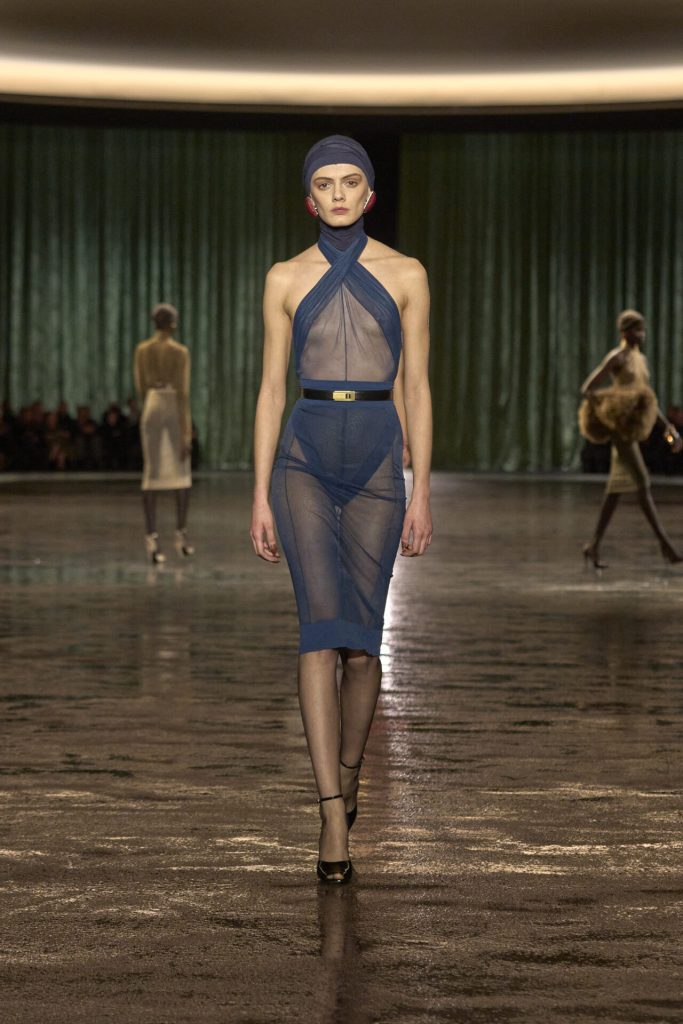
Fall/Winter 2024
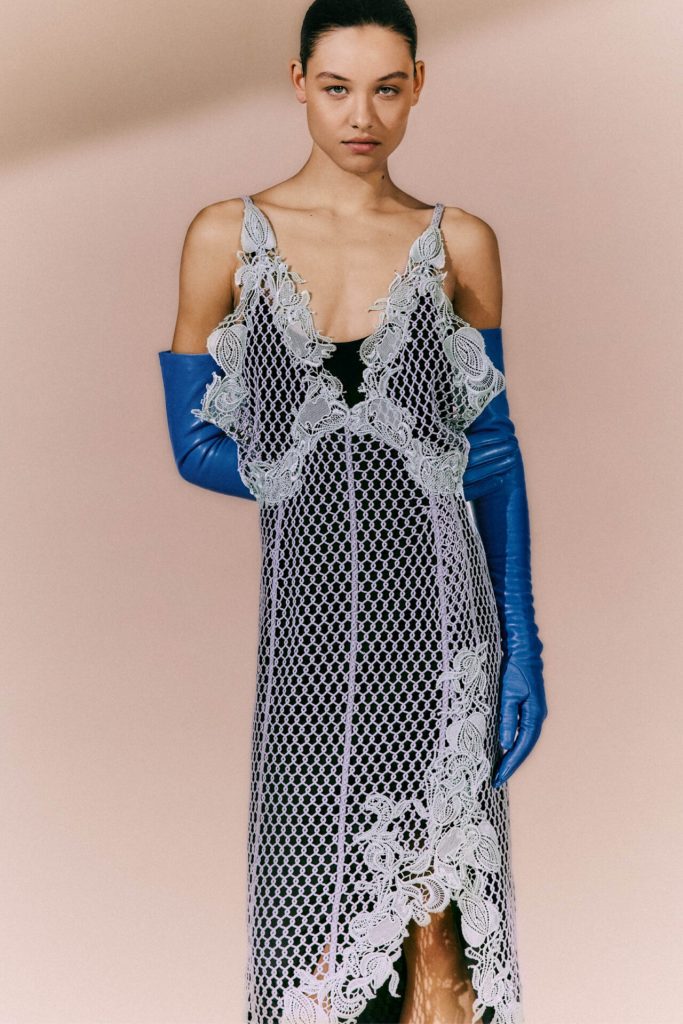
Spring/Summer 2024
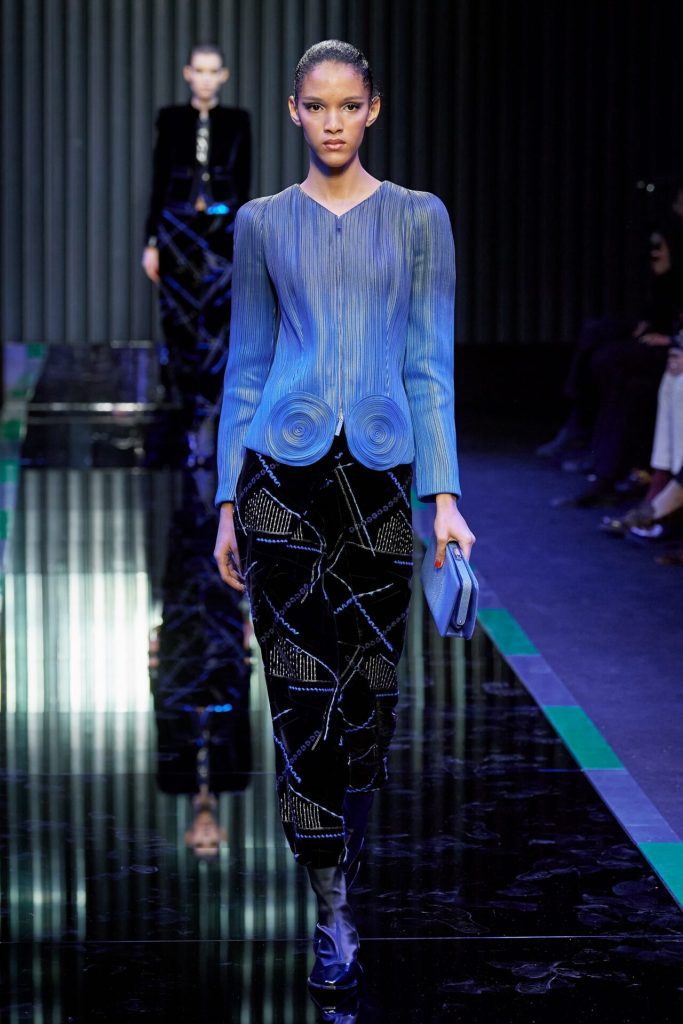
Fall/Winter 2022
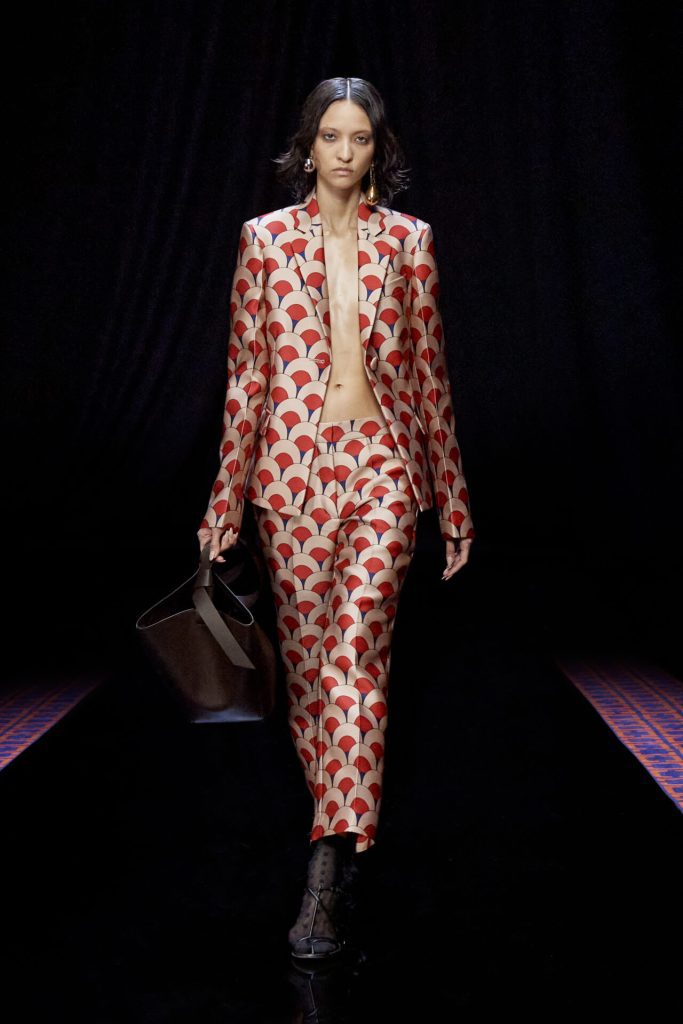
Fall/Winter 2022
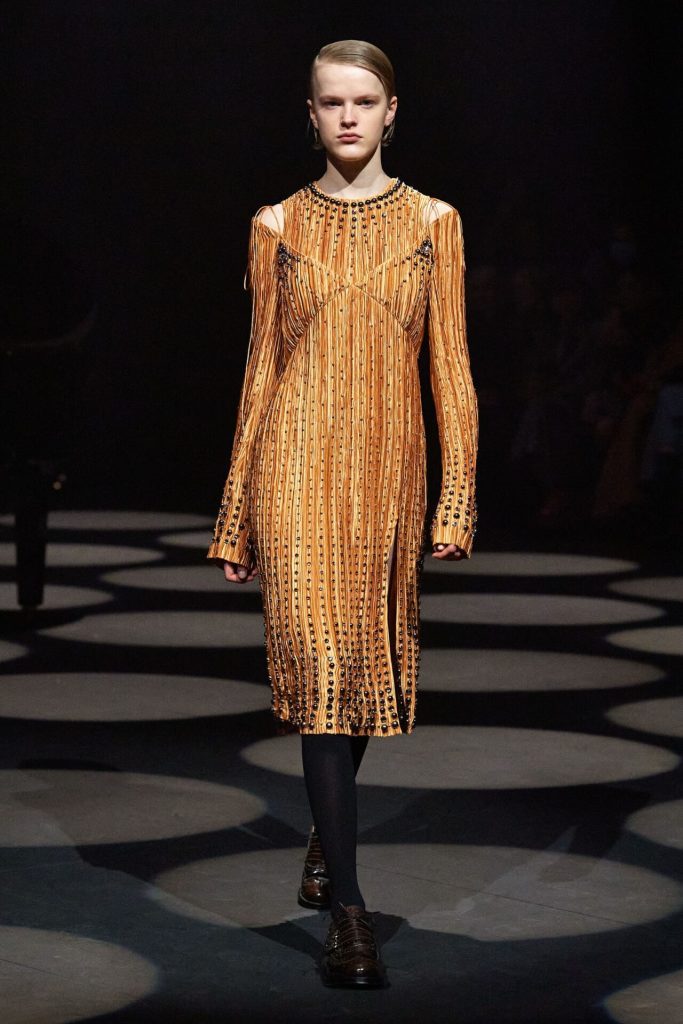
Fall/Winter 2022
